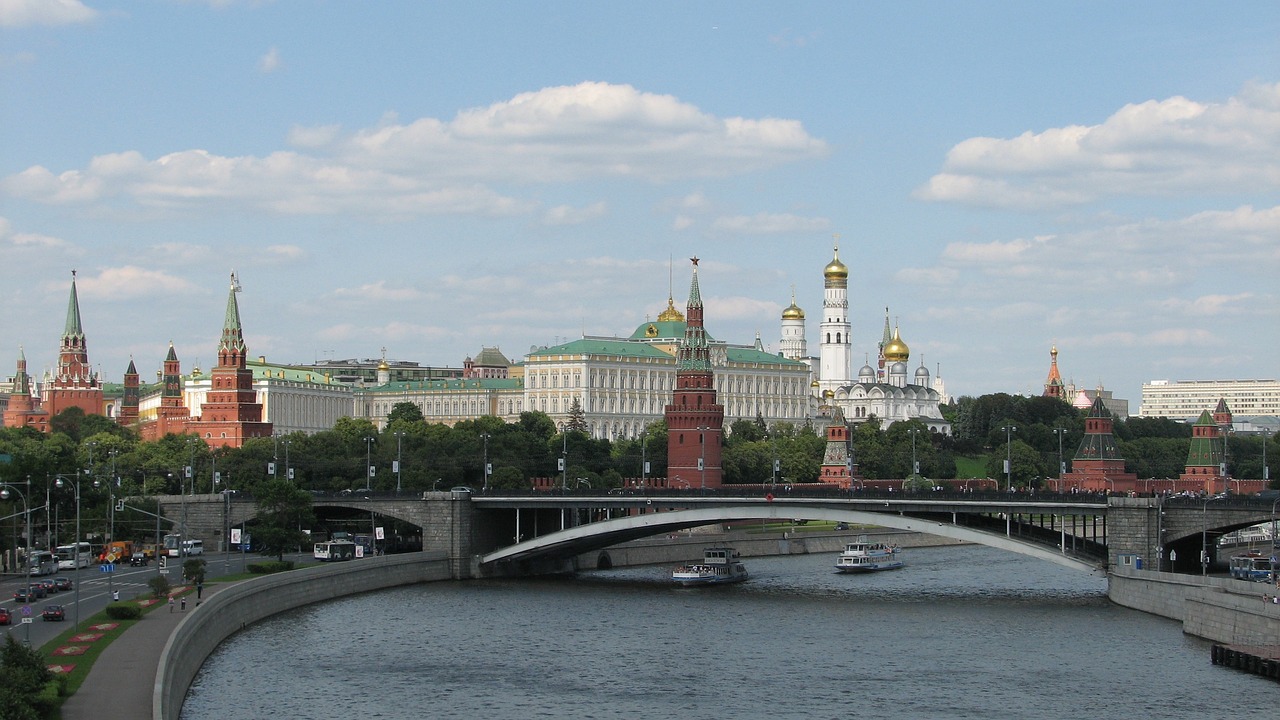Antarctica, the remote and icy continent located at the southernmost part of the Earth, is often associated with extreme cold and barren landscapes. However, beneath its frozen surface, Antarctica boasts a surprising array of biodiversity. In this article, we delve into the unique and fascinating ecosystem of Antarctica, highlighting its diverse wildlife, remarkable adaptations, and the importance of conservation efforts to preserve this delicate environment.
- Marine Life: A World of Wonder Beneath the Ice
Antarctica’s surrounding Southern Ocean teems with an incredible variety of marine life. The nutrient-rich waters support an abundant food chain, sustaining populations of krill, a vital link in the Antarctic food web. Numerous species of whales, including humpback, minke, and orcas, migrate to these icy waters to feed. Adélie, chinstrap, and gentoo penguins grace the shores, forming bustling colonies that dot the Antarctic coastline.
- Seals and Sea Lions: Masters of the Antarctic Waters
Antarctica is home to several species of seals and sea lions that have adapted to the frigid conditions of the Southern Ocean. Weddell seals, known for their unique underwater vocalizations, inhabit the pack ice, while crabeater seals, despite their name, primarily feed on krill. The charismatic and agile leopard seals can be spotted along the Antarctic Peninsula, displaying their impressive hunting skills.
- Birds of the Antarctic: Wings Above the Ice
Antarctica is a sanctuary for numerous bird species that have evolved to thrive in its challenging environment. Adélie penguins, with their distinctive tuxedo-like plumage, brave the icy waters to find food for their young. Petrels, including the Antarctic petrel and the snow petrel, glide through the skies, while the majestic wandering albatross, with its impressive wingspan, soars effortlessly over the Southern Ocean.
- Terrestrial Life: Surviving on the Frozen Ground
While most of Antarctica’s biodiversity is found in its marine ecosystems, a few species have adapted to the barren and icy terrestrial landscape. Mosses, lichens, and algae cling to rocks and survive in the harsh conditions. Tiny invertebrates, such as mites and springtails, manage to thrive in pockets of liquid water. These resilient organisms serve as a reminder of life’s ability to endure even in the harshest environments.
- Climate Change and Conservation: Protecting Antarctica’s Delicate Ecosystem
Antarctica’s biodiversity faces challenges posed by climate change and human activity. Rising temperatures, melting ice, and changes in sea ice extent can disrupt the delicate balance of the Antarctic ecosystem. International agreements, such as the Protocol on Environmental Protection to the Antarctic Treaty, aim to minimize human impacts and protect the continent’s unique biodiversity. Continued scientific research, monitoring programs, and responsible tourism practices are crucial in preserving the pristine wilderness of Antarctica.
Antarctica, often considered a symbol of extreme cold and isolation, harbors a surprisingly rich and diverse ecosystem. From the magnificent marine life to resilient terrestrial organisms, Antarctica’s biodiversity offers a unique window into the wonders of adaptation and survival. By understanding and safeguarding this delicate ecosystem, we can ensure that future generations have the opportunity to appreciate and learn from the extraordinary biodiversity of the frozen continent.



